Results for "Southern Weed Science Laboratory (U.S.)"
- Blog Post
Discoveries Don’t Happen in an Armchair
- Date: November 27, 2018
- Creator: Ricc Ferrante
- Description: The 19th century was a transformative time for the natural sciences. New discoveries didn't just happen in an armchair. Scientists adventured into unfamiliar territory by land and sea on expeditions, and their new findings fed new theories. Groups like the Columbian Institute for the Promotion of Arts and Sciences and the National Academy of Sciences formalized America's place
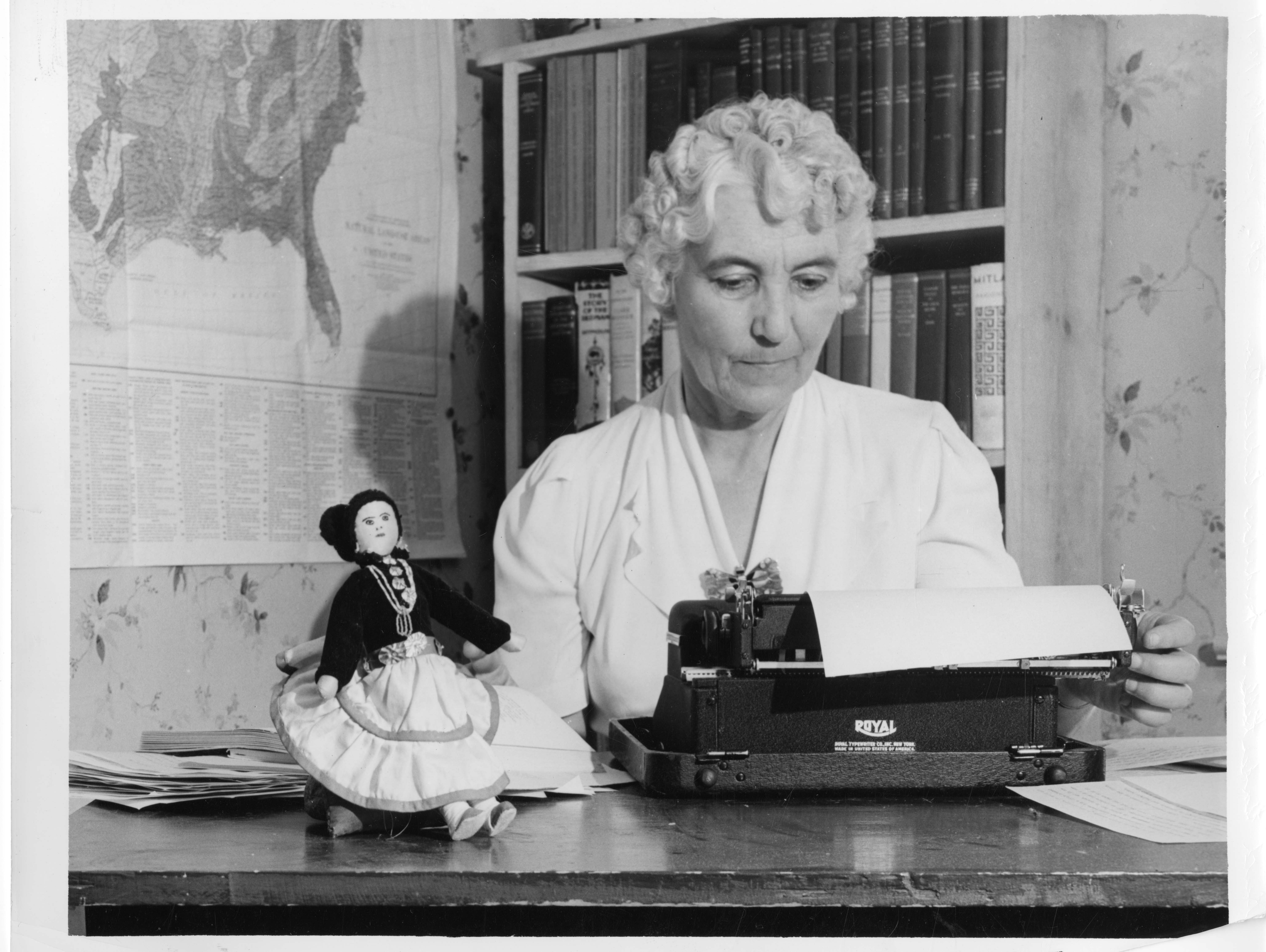
Ruth Murray Underhill: Woman of the People
- Date: March 21, 2013
- Creator: Tad Bennicoff
- Description: The life of Ruth Murray Underhill, an Anthropologist, who worked with Native American tribes throughout the Southwest.
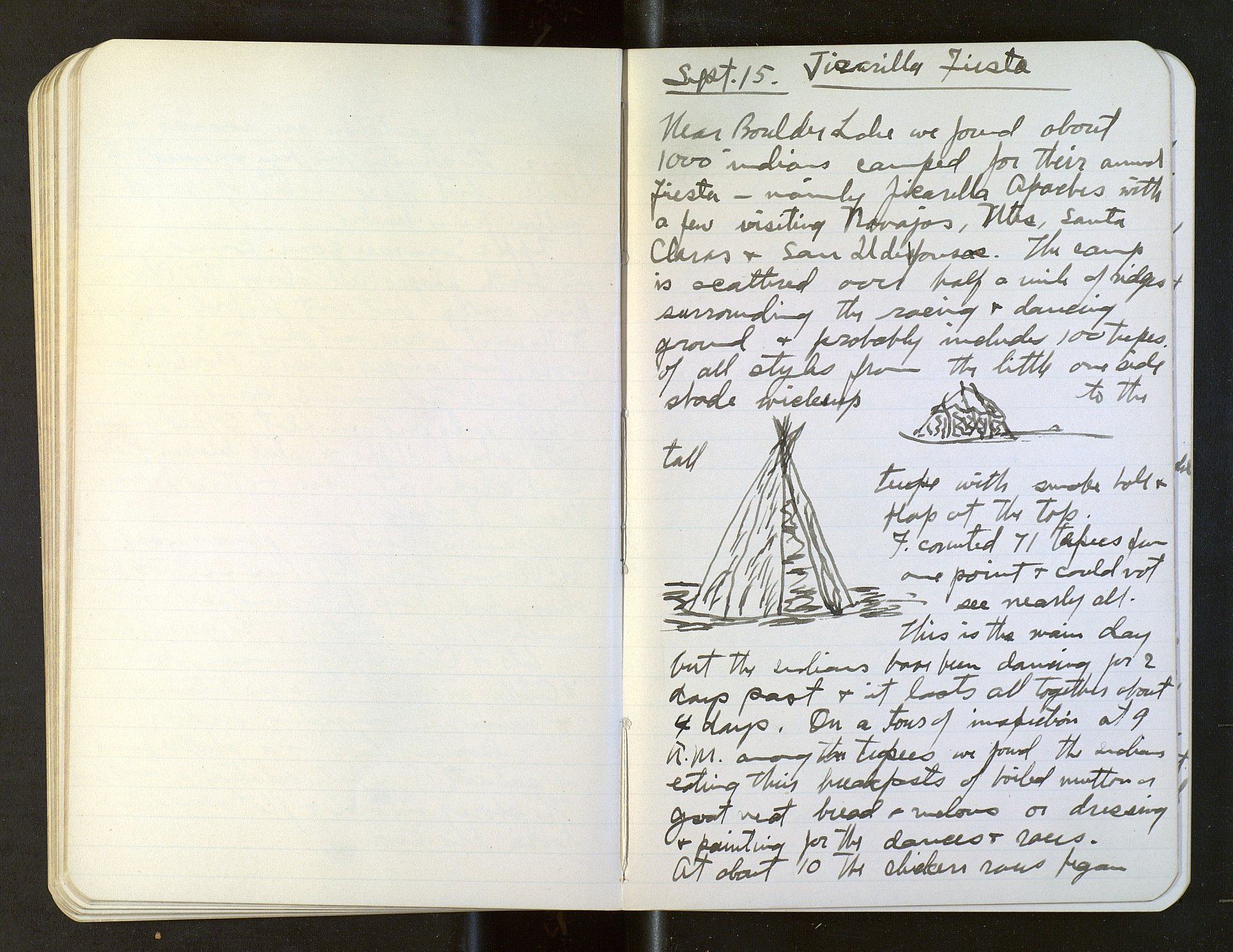
Pursuing Knowledge in Unfamiliar Country
- Date: November 15, 2018
- Creator: Ricc Ferrante
- Description: In mid-19th century America, some believed that world-class discoveries came exclusively from Europe. But early Smithsonian leaders had a sense of urgency to disseminate an authoritative body of knowledge, pursue further discoveries, and provide a deeper understanding to the public at a time when American society was changing.

Getting Your Due, Samuel Pierpont Langley
- Date: November 28, 2017
- Creator: Ricc Ferrante
- Description: It can be so frustrating to put great effort into something, and then to have your work and achievements called into question. I can't begin to imagine how frustrated Samuel Pierpont Langley was in 1903. By that time, he had spent over forty years studying astrophysics and aerodynamics. His work on astronomically-derived time measurement in the late 1860's is the heart of the
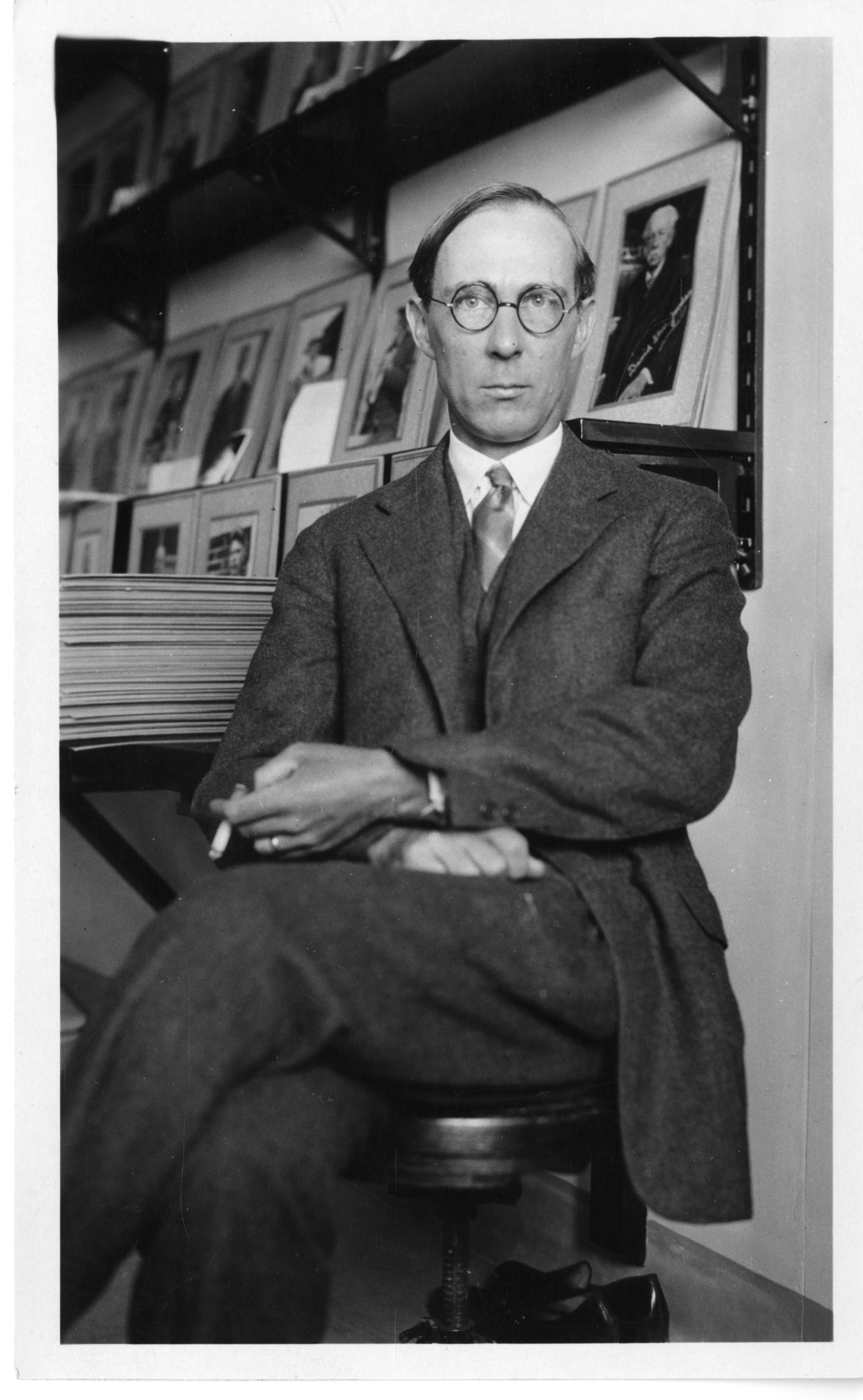
The Scientific Portraits of Julian Papin Scott, Part 1 of 2: The Photographer Behind the Lens
- Date: September 3, 2019
- Creator: Marcel Chotkowski LaFollette
- Description: In a world drowning in images, where we swipe past photos of friends, relatives, and selves in mere seconds, a set of remarkable portraits taken in the 1910s and 1920s by Julian Papin Scott (1877-1961) deserve more considered attention. Sometimes, his subjects appear immersed in work, surrounded by microscopes, beakers, or stacks of books, as if unaware of the photographer.

The Smithsonian Secretaries: That Tall Man from New York, Part I
- Date: April 26, 2016
- Creator: Pamela M. Henson
- Description: A look at the characteristics of the thirteen individuals who have led the Smithsonian.
- Blog Post
Cherry Blossoms, Travel Logs, and Colonial Connections: Eliza Scidmore’s Contributions to the Smithsonian
- Date: August 18, 2020
- Description: Eliza Scidmore was a lifelong photographer, writer, and world traveler. In addition to facilitating a gift of cherry blossom trees from Japan to the U.S. capital, Scidmore donated her time, photographs, and some artifacts to the Smithsonian’s collections. She also accessed the world through colonial channels that she reinforced with her writings.
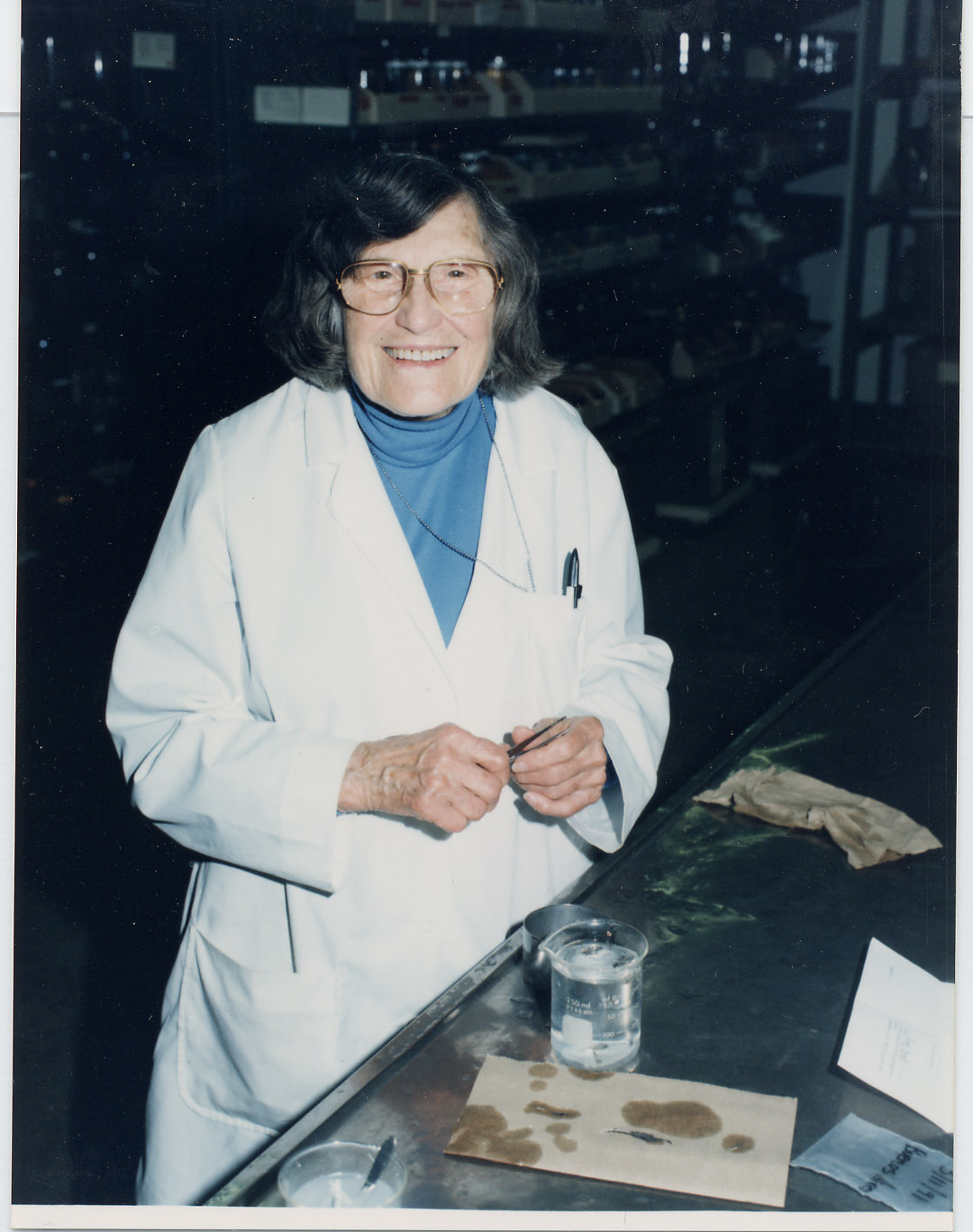
Sharing A Love of Birds: Roxie Laybourne
- Date: January 5, 2017
- Creator: Lisa Fthenakis
- Description: [edan-image:id=siris_arc_308449,size=250,left]Though Roxie Laybourne may be a well-known topic here in the Smithsonian Institution Archives, there is a good reason she is so popular. From good advice to her pioneering career to modern day inspiration, her work offers new insight each time we turn to it. Laybourne’s interest in natural history began long before she began her
- Blog Post
Roxie Laybourne: A Bird of Many Feathers
- Date: March 24, 2016
- Creator: Tad Bennicoff
- Description: A brief biographical sketch of Roxie Laybourne, an Ornithologist who specialized in feather identification and pioneered the field of forensic ornithology.
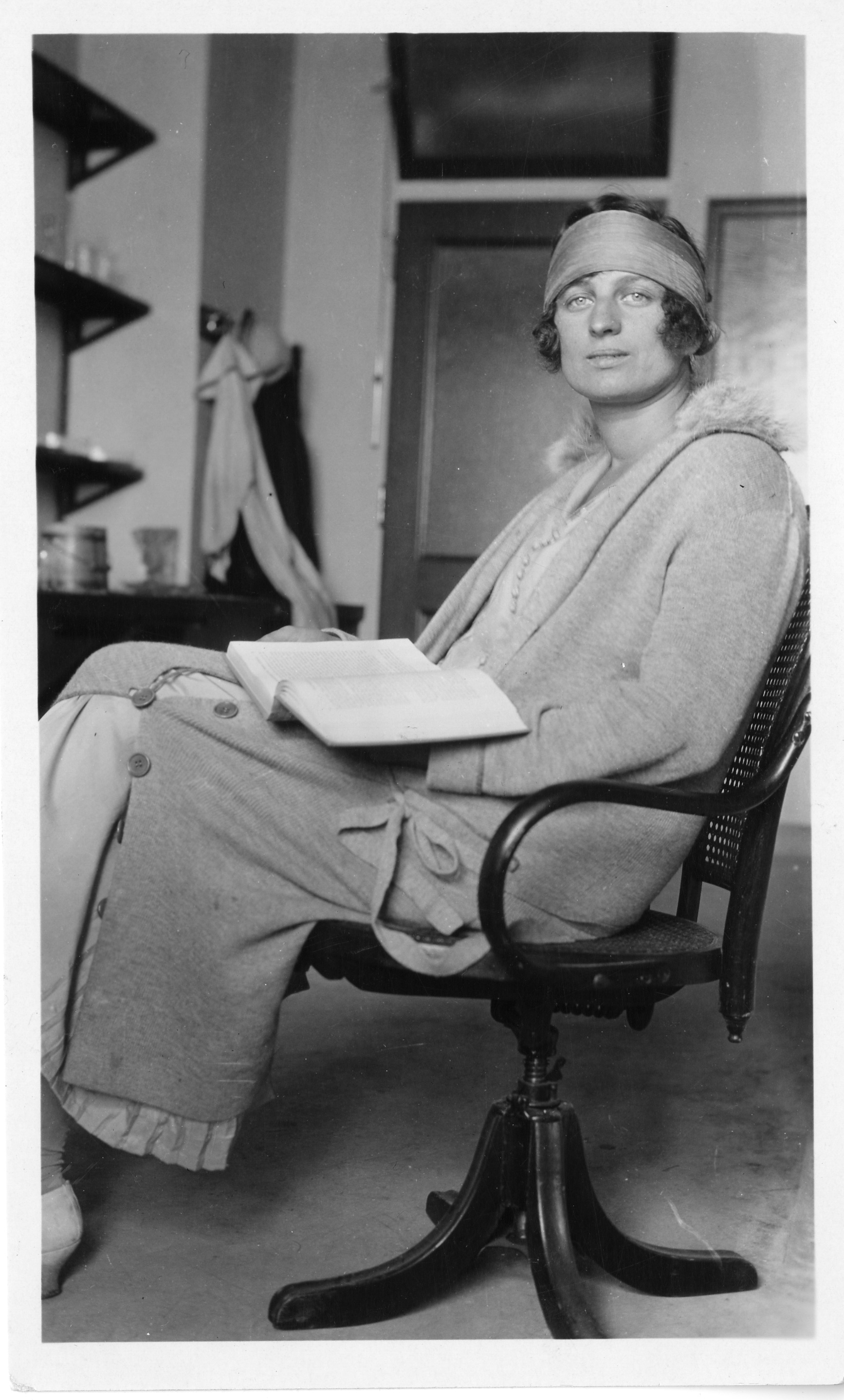
The Scientific Portraits of Julian Papin Scott, Part 2 of 2: Who and How, and Why It Matters
- Date: September 10, 2019
- Creator: Marcel Chotkowski LaFollette
- Description: The historical legacy of amatuer photographer Julian Papin Scott (1877-1961) is far greater than was acknowledged at the time, because of both who he photographed and how he set up the images.

Spotlight: Oscar Loew, Office of the Chemist
- Date: August 26, 2021
- Creator: Marguerite Roby
- Description: a closer look at Oscar Loew, the first person to hold the Office of Smithsonian Chemist.
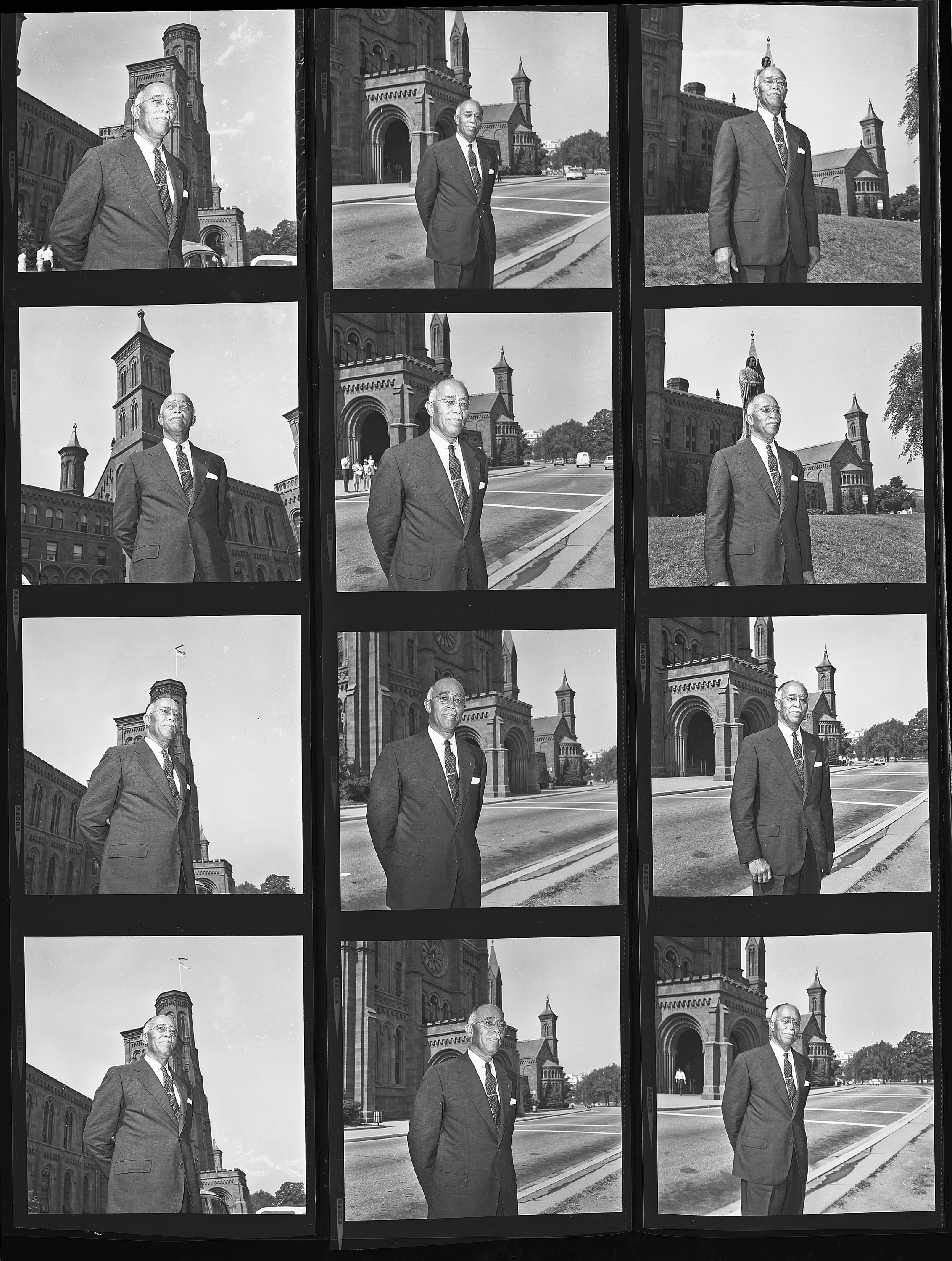
The Life and Legacy of Alphonso Lorenzo Jones
- Date: February 17, 2022
- Creator: Emily Niekrasz
- Description: Alphonso Lorenzo Jones joined the Smithsonian in 1924 as a mechanic. He retired 41 years later as the chief of the Institution’s duplicating office.
